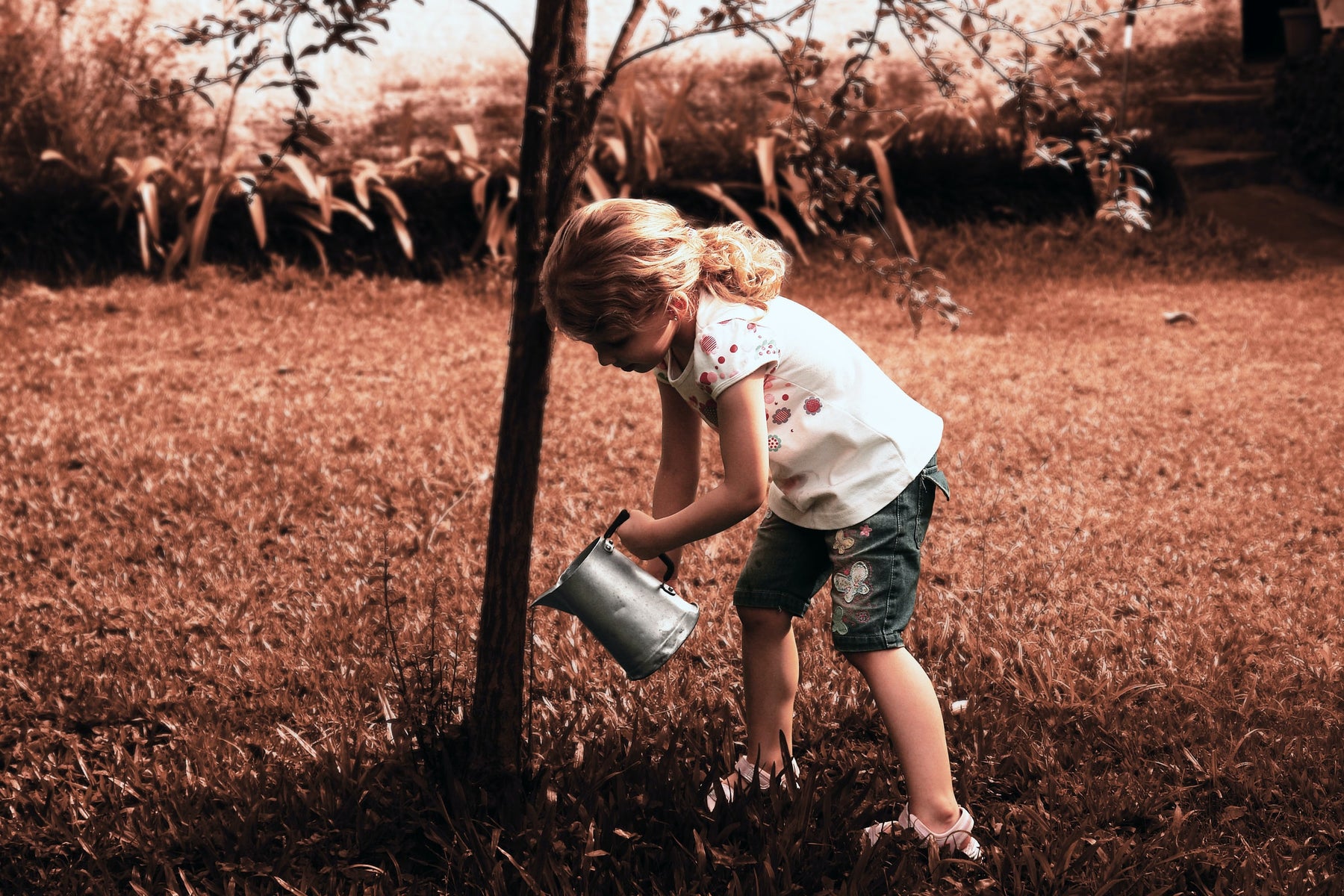
Foundation for Plant Care
Once we have committed to our chosen plant spaces and plant selections, it is a gift to acknowledge that we now and maybe again, are local participants in the magic of photosynthesis and its Divine results. Regardless of the geographic home of any Earth family participant, we need to be aware of a few Universal aspects of plant care as a baseline to gaining practical experience. Our approach to prepare, plan, diagnose and execute ongoing horticultural care is directly related to simply prioritizing our attention to current environmental signs as they come and go.
We all understand that there are seasons of the year that produce changes in temperature, rainfall, wind, sun intensity and so on. Do you have a basic understanding of the seasonal changes specifically to your area? If not, just look up the seasons for your area and even chat with a veteran grower in your neighborhood. A good suggestion for new and experienced gardeners is to create a simple seasons date chart near your gardening tools area. Refer and refer and refer to your seasonal date chart, until the moment when seasonal changes and consistencies just become a part of you. Sensing the onset of varying environmental conditions is good sign that you will soon be tuning in to your plants genetic patterns and needs.
Daily monitoring and observing the natural shifts of our green friend’s characteristics is most important. This wonderful caretaker type habit develops our ability to “read” the needs or non-needs of plant care in that moment. For example, our plant seems to be shedding more leaves this week than last. Next, we can go to our seasons date chart, then research the life cycle of this plant and can then comprehend that leaf shedding is perhaps within this plant’s annual leaf cycle.
Here are some basic plant care visuals we can do while daily monitoring and observing - look for broken branches both big and small (get used to looking up in the canopies of tall growing plants such as trees), leaves drooping (may be too much or too little water), slow growth as related to potential (soil deficiencies, maybe soil compaction).
Diagnosing a remedy in regards to correcting plant suffering can be accelerated by always considering that human made situations are very often the culprit for poor plant health. The repetitiveness of cars driving over lawns would make an obvious diagnosis for turf decline when monitoring and observing. However, would we be keen enough to notice a consistent hot breeze from a machine blowing on sensitive landscape causing a ‘burned’ foliage look? How about a shrub that never flowers like it used to but a newly built wall is now obstructing the sun it needs? When the right plant is planted in the right spot, they do mostly take care of themselves; so be sure to go to the human element when trying to troubleshoot what seems like a poor performing plant.
A few more human possibilities - excess vehicle exhaust along a hedgerow (making the hedge lose its shine), window reflection of the sun accelerating the sun's intensity (causing death to a isolated vegetative spot), poor fruiting from a tree (pollinators in decline from habitat loss).
Begin and maintain seeing yourself as a consistent, observant grower and watch your confidence grow! What does it mean to be a grower? One description could be of a person that simply obeys and implements the simple guidelines set down by Nature. With loving attention to plants backed with light knowledge, the understandings of this field will be imbibed into our being. There is an annual botanical rhythm, a harmony amongst plants and animals that can be part of our life’s homework.

